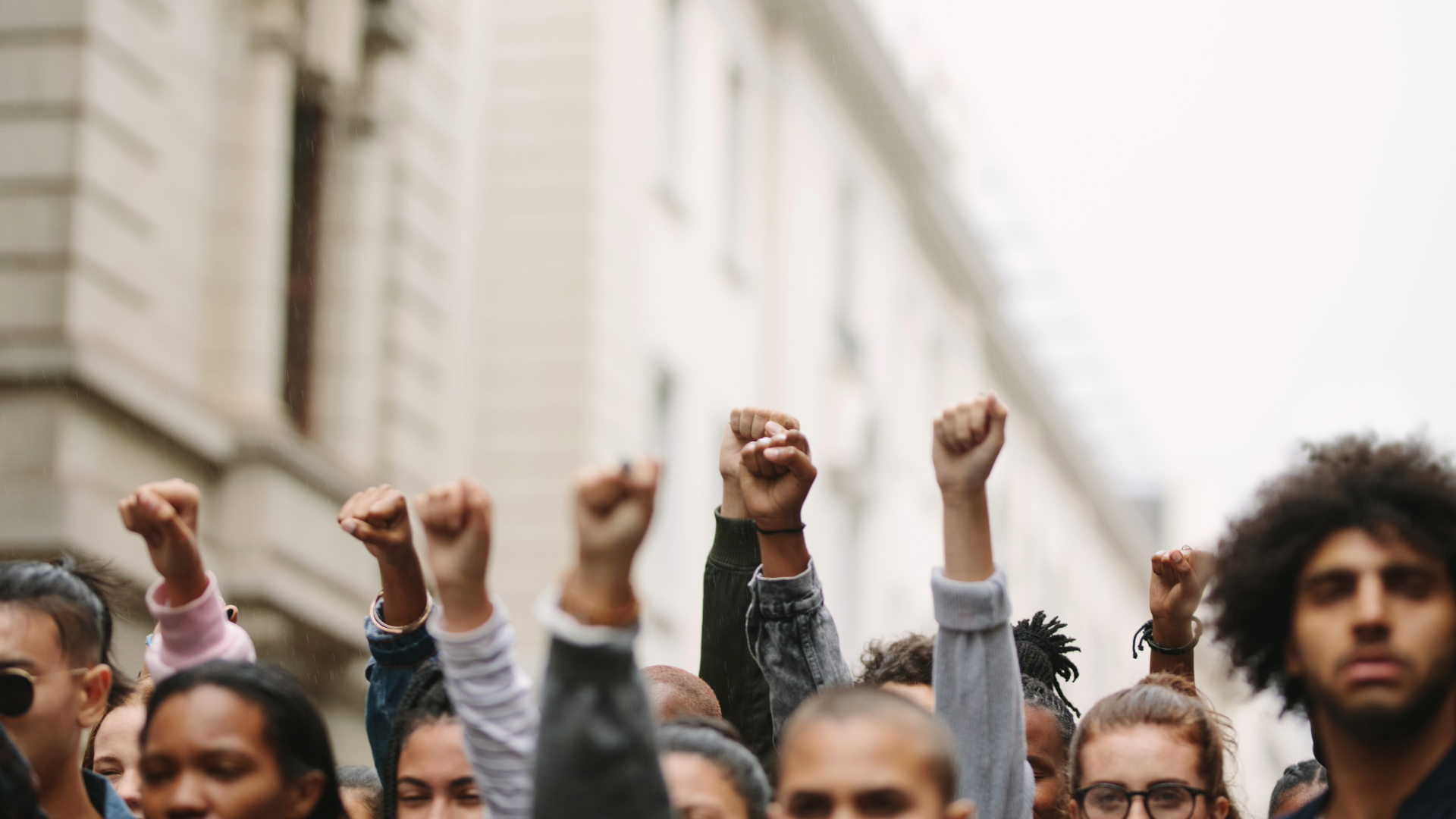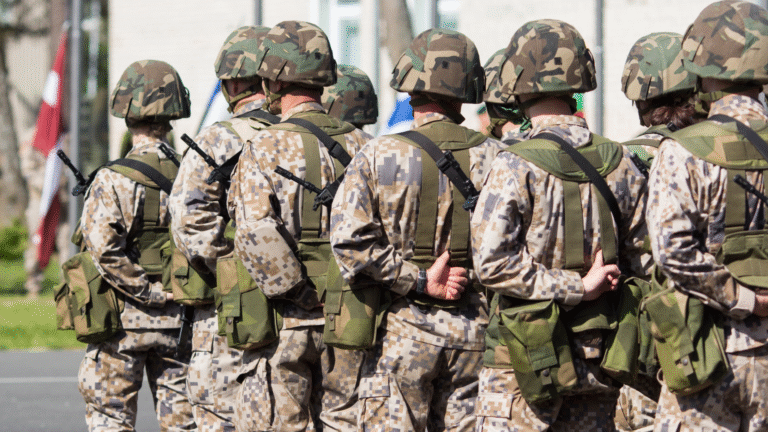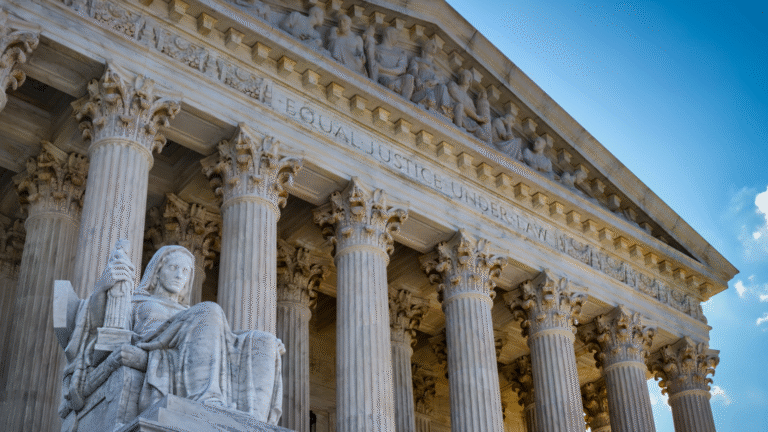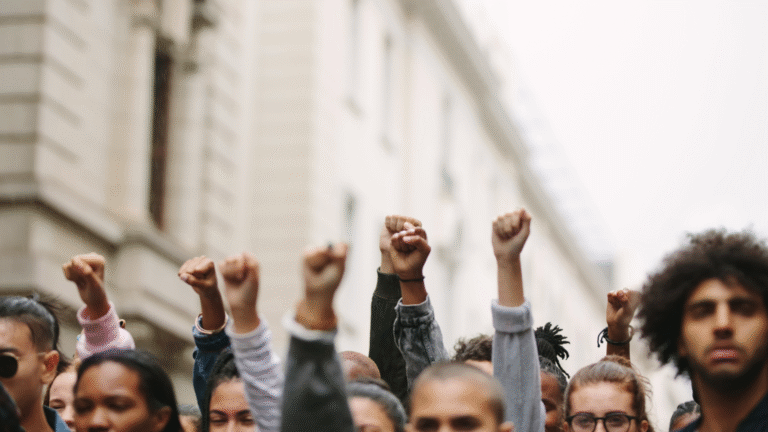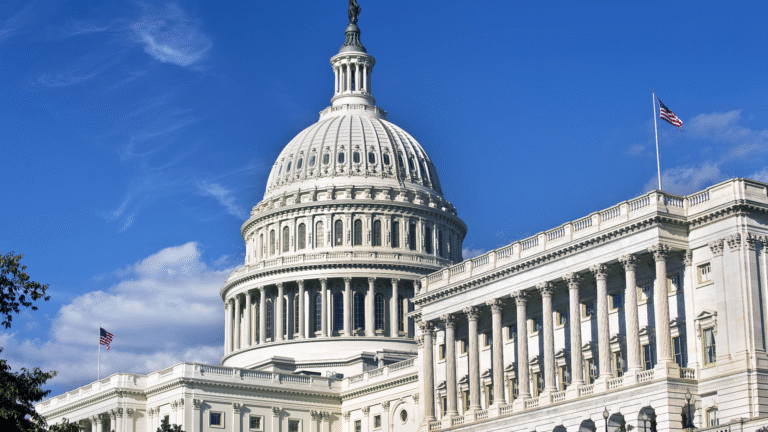What Is a Protest?
TL;DR
- A protest is a public act of dissent or objection, often aimed at government policy, social injustice, or economic inequality.
- Protests can take many forms—from marches and strikes to digital campaigns and sit-ins.
- Protests matter because they shape policy, influence culture, and give voice to underrepresented groups.
- Not all protests succeed, but many have played key roles in political and social change globally.
Definition
A protest is a public expression of opposition or demand for change. It can be organized by individuals, groups, or movements and may take the form of marches, rallies, boycotts, petitions, or civil disobedience. Protests are used to pressure governments, corporations, or social institutions to address grievances, pass reforms, or reverse decisions.
Key Points
- Types of protest: Peaceful (marches, vigils), disruptive (strikes, blockades), symbolic (art, performance), violent (riots, clashes).
- Causes: Racial justice, political freedom, economic inequality, climate action, labor rights, civil liberties, gender equality, and more.
- Tools: Social media, mass mobilization, petitions, media coverage, international solidarity.
- Participants: Citizens, students, unions, religious groups, activists, NGOs, marginalized communities.
Why Protests Matter
- Voice for the voiceless: Allows marginalized people to express concerns and influence policy.
- Checks on power: Pressures governments or corporations to be accountable to public demands.
- Driver of history: Many major political and social reforms—from independence movements to civil rights laws—were born out of protest.
- Cultural shift: Beyond laws, protests can change public attitudes and social norms.
How Protests Work / Key Concepts
- Mobilization: Organizing people to gather in support of a cause.
- Framing: How protestors define their issue and why it matters.
- Political opportunity: Timing, government openness, and context all affect whether a protest succeeds or is suppressed.
- Media and narrative: Coverage can amplify or marginalize a protest’s message.
Examples / Use Cases
- Boston Tea Party (1773): Early American protest against British taxation without representation.
- Stonewall Riots (1969): Sparked the LGBTQ+ rights movement in the U.S.
- Arab Spring (2010–2012): A wave of protests in the Middle East against authoritarian regimes.
- Fridays for Future (2019–): Youth-led climate protest movement inspired by Greta Thunberg.
- Black Lives Matter (2020): Global protests against police violence and racial injustice.
Limitations and Risks
- Government crackdowns: Arrests, surveillance, censorship, or violence.
- Movement fatigue: Difficult to sustain long-term momentum without visible progress.
- Co-optation: Political actors may adopt a movement’s language but not its goals.
- Polarization: Protests can lead to counter-protests and deepen societal divisions.
FAQ
- Are protests legal?
In most democratic societies, peaceful protest is protected under laws like the U.S. First Amendment. In authoritarian regimes, protests may be banned or harshly punished. - Do protests work?
Yes and no. Some lead to immediate change, others build long-term pressure, and some fail. Success depends on goals, timing, tactics, and public support. - What’s the role of social media?
Social media allows protests to spread messages quickly, coordinate actions, and gain international attention—but it also exposes activists to digital surveillance.
Sources
- BBC Teach – “What is a Protest?”
- American Archive – First Amendment Exhibit
- Dominican University – History of Protest
- Freedom Forum – “Famous Protests”
- Wikipedia – “Protest”

